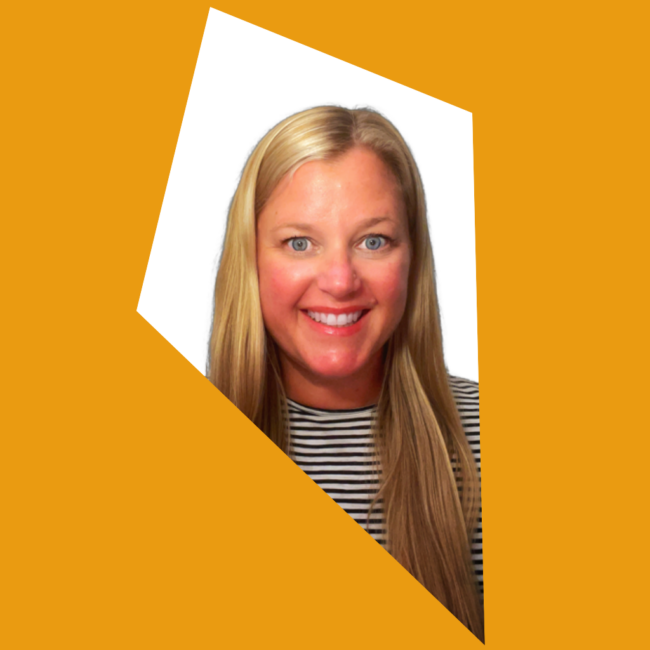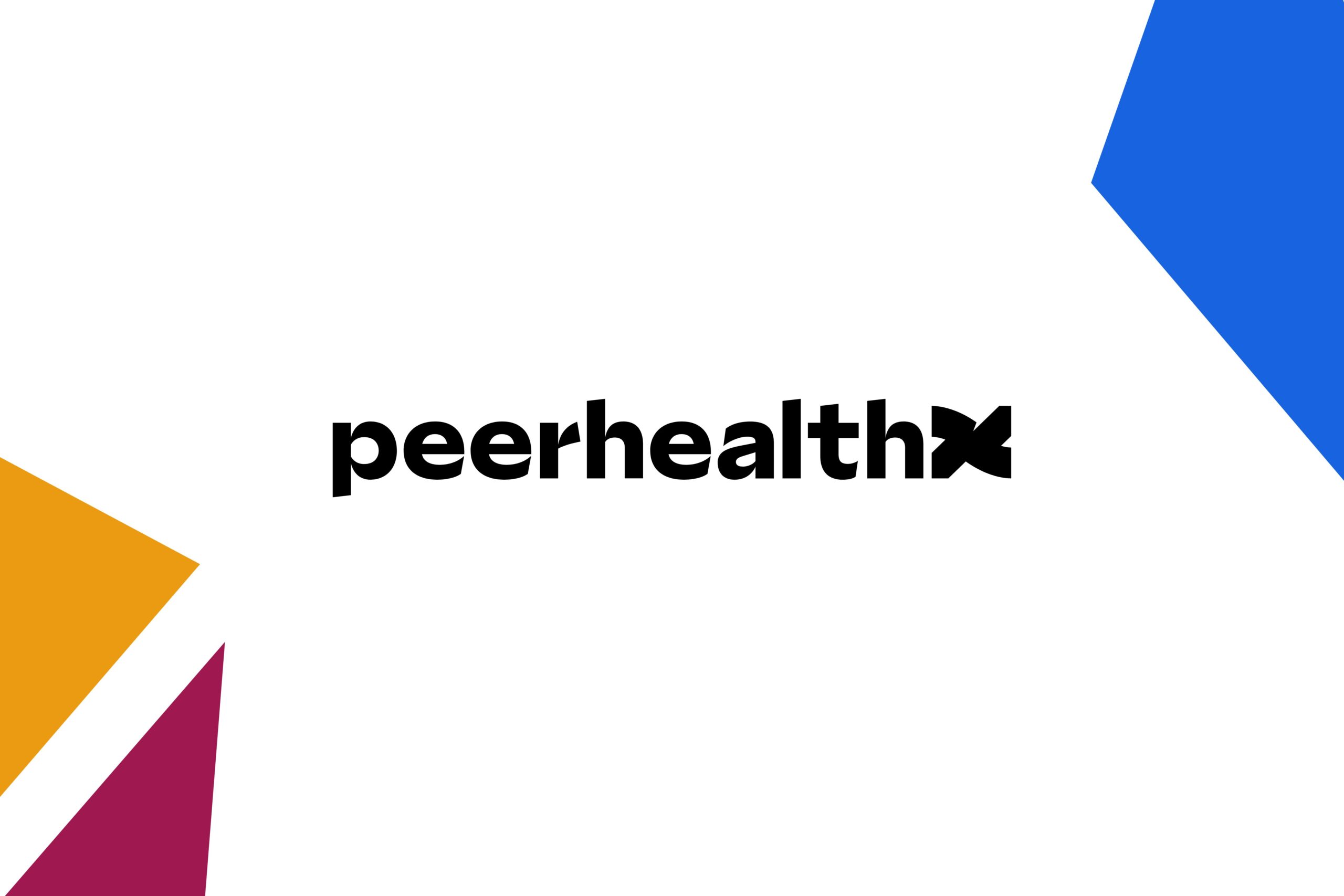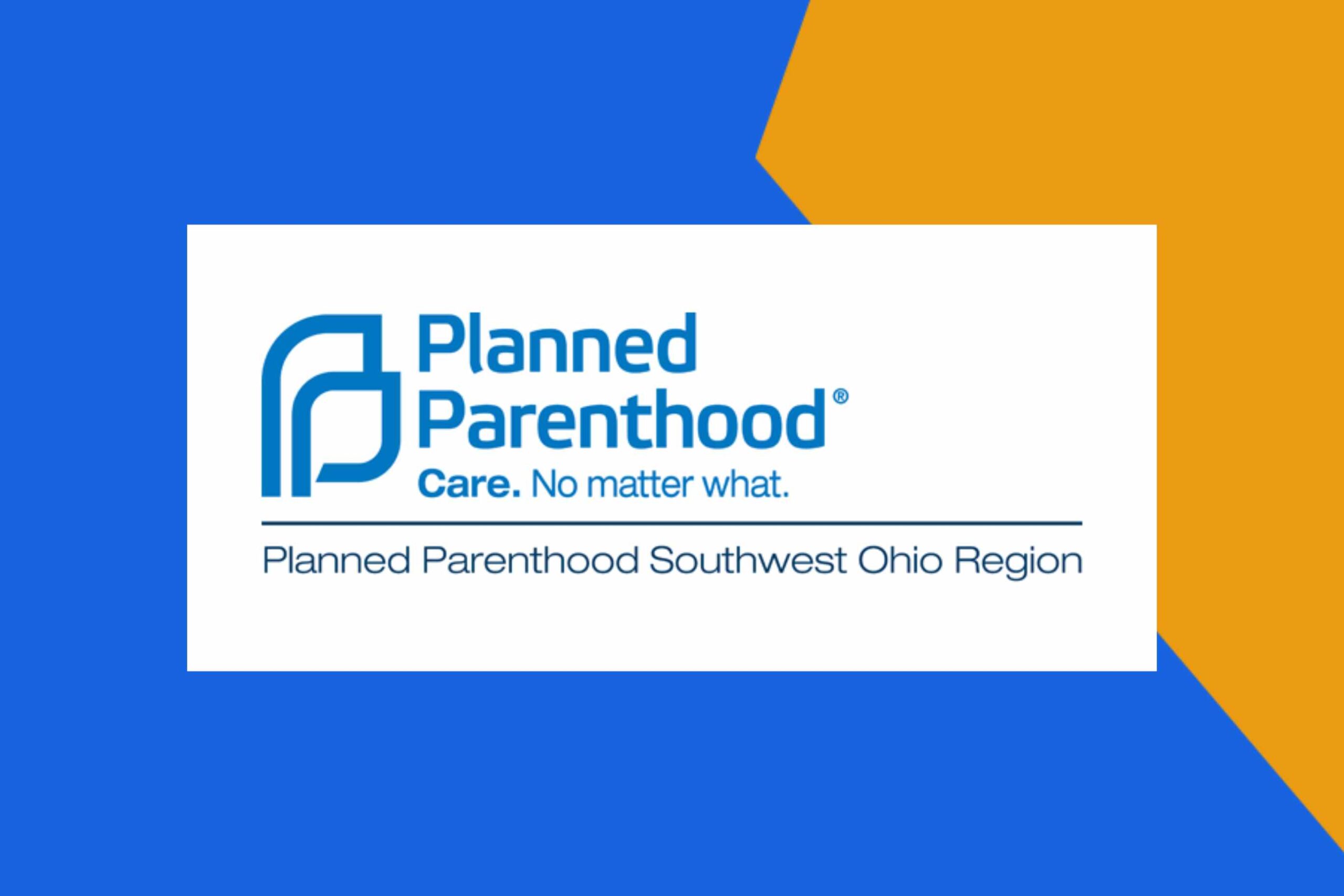
How to Use A Scorecard to Follow an Objective Search Process
A diverse workforce is a successful workforce. In fact, according to McKinsey, diverse and inclusive corporations are 35% more likely to outperform their less diverse and inclusive competitors. And they’re not just more lucrative, they also tend to be more attractive to job seekers: 47% of Millenials “actively look for diversity and inclusion when sizing up potential employers”. So, what are we, as organizational leaders, doing to build a diverse staff and ensure equity in our hiring practices? How do we find the right people to fit our culture and our roles and give everyone a fair shot? We can start by designing and following an objective search process with a scorecard as our guide. Here’s what developing and utilizing a scorecard looks like:
Discovery Process/Information Gathering
- Engage your stakeholders. Who will the person filling the role interact with? Who will they answer to? Think about convening a focus group or sending out a survey to the people who this role is most important to. These stakeholders could be internal staff members or even community members. Ask questions to establish what the stakeholders feel should be the role’s priorities and what traits they expect a candidate to have.
Identify the role’s mission
- With the information you’ve gathered from the discovery process, a hiring manager or committee can begin to identify what the core of the role is about and why their organization needs to fill it. A role’s mission will serve as a headline for a job description and will inspire potential candidates to apply.
Identify Key Deliverables & Role Responsibilities
- Decide what must be accomplished by the person who fills this role in their first year at your organization. What will be the biggest projects they need to complete and outcomes they need to achieve?
Identify the Competencies Necessary to Achieve Outcomes
- What skills or orientations does a candidate need to succeed in this role? Do they need specific prior career or lived experiences, functional expertise or training? The skills and experience required for the role should be directly related to the role’s mission, deliverables and responsibilities.
Use Competencies & Outcomes to Draft a Scorecard
- A scorecard is the key to an objective search process. It will help measure all candidates against the same parameters and reduce bias. Scorecards should include 5-7 competencies required to meet the outcomes of the role and include measurable descriptors, so everyone on the hiring committee is clear about what the competency means in context to the role at hand. The scorecard can be used from sourcing candidates to making the final decision about extending an offer.
Use the Scorecard to Draft a Job Description
- In addition to an organizational overview and role description, a job description should include role responsibilities aligned with the determined outcomes, the skills necessary to execute the role’s competencies and the required prior experiences that align with the predetermined competencies and outcomes.
Screen Candidates
- Review resumes against the scorecard, and choose candidates to interview based on indications of comparable responsibilities and achievements and relevant outcomes data. Look for evidence that they are able to reach the outcomes you have outlined and that they have demonstrated the desired competencies.
Assess Candidates via Scorecard
- Continue to collect objective evidence at each interview stage by instructing anyone who engages with a candidate during the interview process to complete a scorecard-aligned survey before discussing the candidate with anyone else. This practice will reduce groupthink, and ensure everyone is measuring the candidate against the same standards. Compile the responses of the survey to conduct a decision-making session after each interview stage.
Edgility’s guiding approach to finding the right fit for your organization will help alleviate the stress of managing this important task. Reach out to us today to find out how we can support your next search!
Meet the expert:
Jonathan Howard
Associate Partner
“I love that the people and orgs I work with aren’t happy with marginal improvements – they are working toward ambitious outcomes that will have significant, even life-changing impact for and with the communities they serve.”
Meet the expert:
Hadley Kornacki
Director of Client Services Operations
“I was privileged to attend some exceptional schools as a child. . . .This experience, led me to a career dedicated to providing equitable and engaging educational choices for all students, families and communities.“







